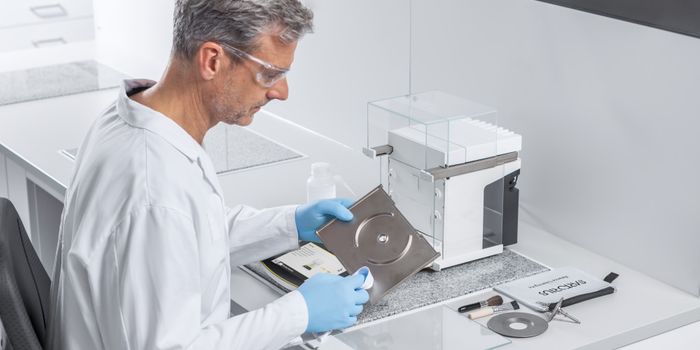3D Printing Glass
In a study published in Optical Materials Express, researchers have developed a new method for programming a commercially available 3D printer for glass extrusion. The development has allowed them to 3D print chalcogenide glass for the first time. Chalcogenide glass is material that softens at a relatively low temperature compared to other glass and can be used to craft optical components—3D printing will make it possible to manufacture complex glass components and optical fibers and advance low-cost sensors, telecommunications components and biomedical devices.
"3D printing of optical materials will pave the way for a new era of designing and combining materials to produce the photonic components and fibers of the future," said Yannick Ledemi, a member of the research team. "This new method could potentially result in a breakthrough for efficient manufacturing of infrared optical components at a low cost."
The novel method was used to alter the 3D printing machine for the production of two samples with complex shapes and dimensions.
"Our approach is very well suited for soft chalcogenide glass, but alternative approaches are also being explored to print other types of glass," said Ledemi. "This could allow fabrication of components made of multiple materials. Glass could also be combined with polymers with specialized electro-conductive or optical properties to produce multi-functional 3D printed devices."
Researchers demonstrated 3D printing of chalcogenide glass, which can be used to make optical components that operate at mid-infrared wavelengths. This 3D printed glass sample is 14 millimeters long. Credit: Steeve Morency, Université Laval
Scientists are now hopeful to advance their methodology for the inexpensive manufacturing of complex parts. They are looking forward to adding add new extruders to enable co-printing with polymers.
"3D printed chalcogenide-based components would be useful for infrared thermal imaging for defense and security applications," continued Ledemi. "They would also enable sensors for pollutant monitoring, biomedicine and other applications where the infrared chemical signature of molecules is used for detection and diagnosis."
Source: The Optical Society









